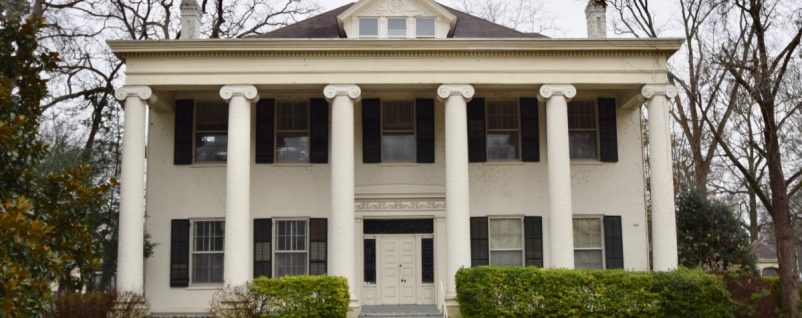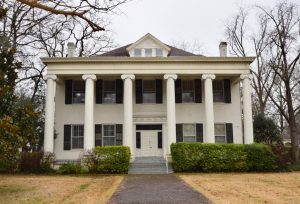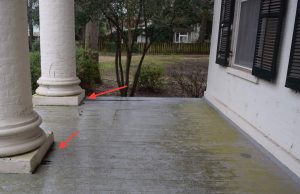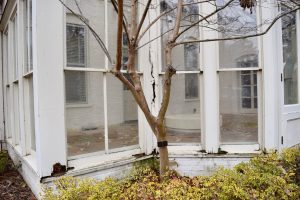

| Endangered List: Back To Main Page |
| City/County/Congressional District: • Little Rock , Pulaski County ( District 2 ) |
| Location Class: • Residential |
| Year Built: • 1840 | Year Abandoned: • 2004 |
| Historic Designation: • National Register of Historic Places 1972 |
| Status: • Abandoned • Endangered |



The Pike-Fletcher-Terry House was built by Albert Pike, a Massachusetts native who came to Arkansas in the 1830s. Pike was a teacher, poet, newspaperman, attorney, Confederate general, and Mason. After living near Van Buren, Pike moved to Little Rock, where he became the editor of the Arkansas Advocate. He went on to make a great deal of money as a lawyer, often representing American Indian groups in federal litigation. In 1840, he was named executor of the failed Arkansas State Bank. Pike left Arkansas after the Civil War, and in 1871, he deeded his home to his daughter, Lillian Pike, who leased the building to the Arkansas Female College, where it was housed from 1873-1889, and then became the home of the Fletcher family. The Fletcher family were a prominent Little Rock family who had three children: Adolphine, John Gould and Mary. Two of the Fletcher children became well-known in their own right. John Gould Fletcher received the Pulitzer Prize in 1938 for his poetry. Adolphine married U.S. Congressman David D. Terry, and they lived in the home for most of their lives. Adolphine Fletcher Terry was a civic leader who worked to improve the state’s schools and libraries, advocate for women’s rights, and challenge the racism of the Old South. Mrs. Terry helped create the Women’s Emergency Committee to Open Our Schools in response to Governor Orval Faubus’s declaration to close schools in Little Rock during the desegregation crisis in 1958. In 1964, Mrs. Terry deeded the house to the City of Little Rock for “the use and benefit of the Arkansas Arts Center”, now the Arkansas Museum of Fine Arts. In 1985, the Terry Mansion became the Arkansas Arts Center’s Decorative Arts Museum. At that time, an endowment had been established to maintain the Decorative Arts Museum, along with additional appropriation from the City each year. At some point in the last decade, the Arts Center closed the gallery and the house has been vacant since then.
Deferred maintenance has taken its toll, and the building’s exterior is showing signs of significant disrepair. Water penetration and foundation issues are causing wood and brick failure that is especially evident at the front porch, solarium and eaves. For every day these issues go unaddressed, the repairs grow more costly, putting the home’s future in jeopardy.
Preserve Arkansas is committed to making its Web site accessible to all users and welcomes comments or suggestions on access improvements. Please send comments or suggestions on accessibility to info@preservearkansas.org.
